Sections
Pick of the Week – Disintermediation
Mobile application-mediated service delivery is arguably the most powerful agent of disintermediation the world has ever seen and has been the key enabler giving rise to the Exponential Organisations discussed a couple of weeks ago. TechCrunch this week published a post outlining why user experience is central to the success of the disrupters. With billions at stake the interface has now become the primary battlefield for everyone in mobile:
“The Internet is the most powerful mechanism we can imagine to match perfectly individuals that need something, and people with something to offer. … In this age, the customer interface is everything [the] indescribably thin layers that sit on top of vast supply systems ( where the costs are) and interface with a huge number of people ( where the money is). There is no better business to be in. The value is in the software interface, not the products. .. The Internet age means building things is nothing other than code. We’re going to see a non-stop battle to leap ahead of each other. .. having icons on the homepage is the most valuable real estate in the world, and trust is the most important asset. If you have that, you’ve a license to print money until someone pushes you out of the way.”
The competition is so intense that nobody, least of all the primary mobile platform providers, can rest easy. Google in particular are at real risk of being disintermediated in turn by Chinese OEMs forking Android to build a third platform. This is the key reason why we should care about Xiaomi, an otherwise “faraway” low-end Chinese manufacturer:
“low-margin companies using commodity components and a commodity OS, yet achieving differentiation in design, software and services. Looking at China alway challenges your assumptions about what’s inevitable in technology.”
Apple for now is apparently immune, once again atop the mobile world and the centre of attention despite having no overt presence at MWC, the industry’s annual get-together. Even so, Apple need their Watch and its multiple variants to open a new front in the interface war and fuel their continuing success. With launch due this week they won’t want attention focussed on all the legitimate reasons you might want to avoid buying v1.0 of Apple Watch. Many will understand the rationale yet be unable to resist the siren lure walking past an Apple Store in the coming weeks.

Table 1
Worldwide Smartphone Sales to End Users by Vendor in 4Q14 (Thousands of Units)
|
Company |
4Q14 Units |
4Q14 Market Share (%) |
4Q13 Units |
4Q13 Market Share (%) |
| Apple |
74,832 |
20.4 |
50,224 |
17.8 |
| Samsung |
73,032 |
19.9 |
83,317 |
29.5 |
| Lenovo* |
24,300 |
6.6 |
16,465 |
5.8 |
| Huawei |
21,038 |
5.7 |
16,057 |
5.7 |
| Xiaomi |
18,582 |
5.1 |
5,598 |
2.0 |
| Others |
155,701.6 |
42.4 |
111,204.3 |
39.3 |
| Total |
367,484.5 |
100.0 |
282,866.2 |
100.0 |
Source: Gartner (March 2015)
MWC, Devices and Manufacturers
- An estimated 90,000 descended on Barcelona for MWC this week for the annual mobile industry pilgrimage. The event serves as a showcase for the latest smartphone models but has latterly expanded beyond phones to other form factor devices. This year Barcelona was “a whirlwind of flagship smartphones, virtual reality headsets and the next generation of wearable technology, namely smartwatches” albeit with Apple, the biggest player in mobile, conspicuously absent:
“here in Barcelona, the Apple shadow was everywhere. The company is, by all accounts, a powerful moneymaking machine and, on top of that, the devices and brand are widely adored. That is a pretty steep hill for anyone else to climb.”

- By common consent the biggest single announcement at MWC concerned the Samsung Galaxy S6 and S6 Edge. Key talking points included the curved wraparound screen on the S6 Edge and a decisive shift to the premium high end after the disappointment of last year’s S5:
“The Galaxy S6 has a flat display, metal frame, and glass front and back panels. Its counterpart, the S6 Edge, has all of the above, but throws in a curve to the sides of its front and rear glass, giving it a distinctive character.
Both of the new phones are made entirely of metal and glass: the cheesy and cheap-feeling plastics that have dominated Samsung’s products for years are no where to be found. This change can’t be overstated: Samsung finally has made flagship products that look and feel like they are worth the premium price tag they command.
Samsung’s lead designer on the project says the company spared no expense when it came to materials that they could use in the new phones.”
http://youtu.be/CnYtWWDor2s
- Both models will be available next month and will compete for column inches with Apple products. How the S6 Edge in particular fares will be crucial to Samsung’s turnaround plans. They’re attempting to redefine the high end again after having phenomenal success creating and building successfully on it from 2009:
“Samsung created a luxury sub-brand for its Android phones moving forward, the Lexus to its Toyota.”
- Since 2013, however, Samsung have stumbled with both the S4 and then the S5 struggling in the face of serious competition from Chinese vendors like Xiaomi. Samsung’s decline has been as sudden as their rise and it’s entirely possible that the company has already lost the smartphone war in spite of the generally favorable reception for the S6. It’s questionable if even the curved wow factor of the Edge will be enough. As Benedict Evans put it:
“the Edge variant, in which the screen bends around the end of the phone at each side, is probably an acquired taste – there’s no fundamental reason for it beyond Samsung’s screen division being able to do it.”
- One possible future alternative direction for Samsung would be to licence its chipset and software technology to other smartphone OEMs and try to usurp Qualcomm rather than Apple:
“Unless Samsung has a special trick up its sleeve on the software side, it’s unlikely that its new phones will be enough to justify the extra cost over similar Android devices. And if that happens, Samsung is almost certainly up for another messy year. The glow surrounding Samsung’s smartphone business has almost certainly faded for good. Time to find something new.”
- Engadget’s top ten smartphones from MWC included the Samsung S6 and S6 Edge, Runcible, the Blackberry Leap, and the HTC One M9 “a phone that’s really lovely, but it’s maybe not as exciting as it could have been“.

- TNW’s review of the HTC One M9 provides some further insight into the hardware and HTC’s new Sense 7 UI. The product will switch from using Beats to Dolby for audio credibility and the product emphasises a premium differentiated look with software personalisation a key theme.
- HTC’s Vive Virtual Reality headset also received rave feedback from both TechCrunch and the Telegraph whose reviewer was clearly transported:
“Put bluntly – it felt real. The whole experience was oddly breathtaking. I lost awareness of the headset, which fitted comfortably, and the plastic of the controllers in my palms and for around 15 minutes really felt as though I was in another world.
It sounds ridiculous, but I was grinning like a lunatic the whole time. I can’t urge you strongly enough to try it for yourself, and HTC’s vision for the headset extends beyond gaming; incorporating shopping, travelling and even speaking with friends. And it deserves to be enormously successful.”
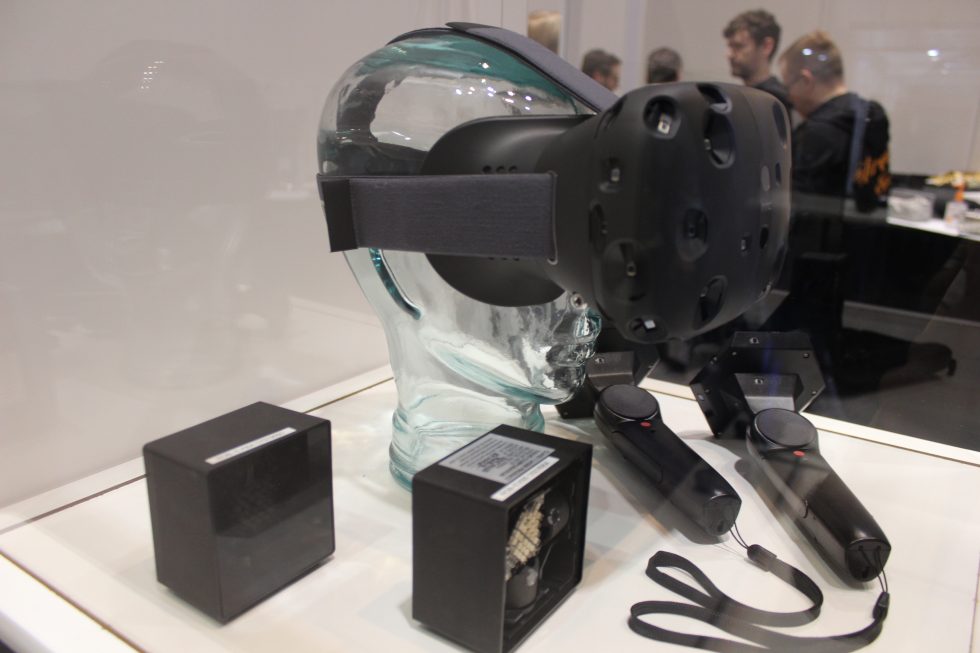
- The Blackberry Leap unveiled at MWC is a full touch screen smartphone built on Blackberry 10 and aimed at the enterprise market. It’s an increasingly important space for businesses concerned by all the recent corporate security scares. Although packed with impressive security features, the Leap will find Android, iOS and even Windows Phone formidable competition:
“The new smartphone features built-in encryption, malware protection and remote backup to ease administrator’s security concerns, and has access to both the BlackBerry World and Amazon Appstore for applications. BlackBerry claims that even with ‘heavy use’, the Leaps’ battery will last for a full day.”
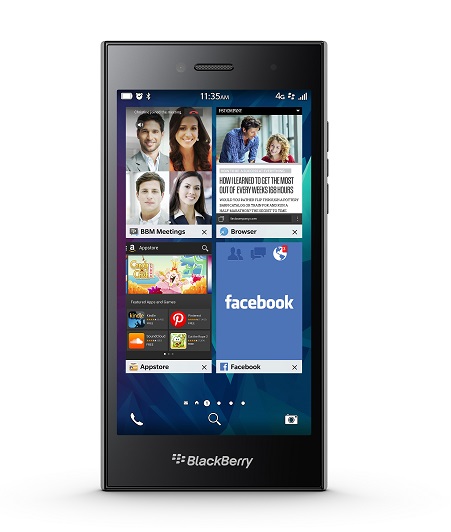
- Another competitor vying for the same lucrative enterprise security market also launched at MWC is Silent Circle’s Blackphone 2. If anything, it has an even more credible enterprise security story built on an secure fork of Android which now supports application containers:
“Blackphone hardware runs a hardened Android fork, called PrivatOS, so it’s also compatible with Android apps. Last December SGP announced it would be adding in its own app store in an update due early this year — along with a feature called ‘Spaces’ that will let users segment activity on their device by creating multiple secure spaces for particular apps, accounts or data to help balance security and usability.”
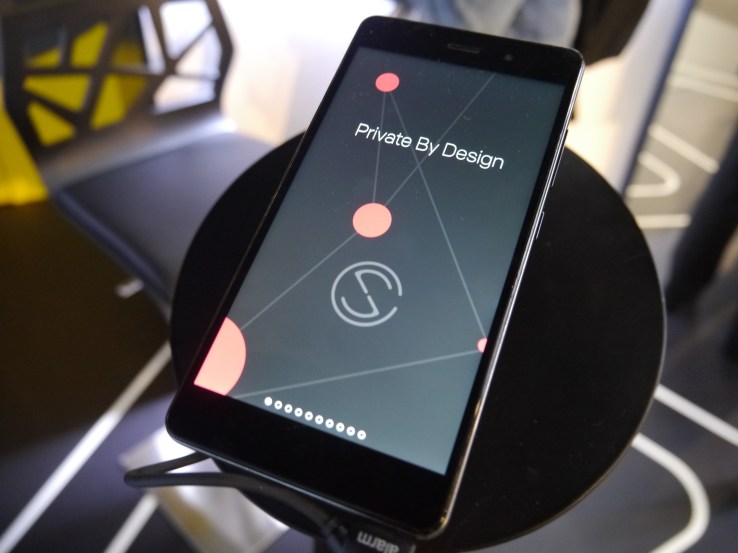
- ZTE’s flagship Android based Grand S3 launched with integrated software based eye recognition technology called Sky Eye. Engadget were duly impressed and pointed out one of the key attractions:
“We tried it a handful of times and it worked as promised on every occasion. It’s not quite as fast as using Touch ID, but a huge advantage for smartphone makers is that it doesn’t require extra hardware. “
- Amongst the other new smartphone propositions that stood out at MWC were French manufacturer Wiko who have captured 10% of the French market:
Quartet of new devices by Wiko. Manufactr that can no longer be ignored in Europe. Claim double digit share in France pic.twitter.com/RJgGm9VnAF
— Ben Wood (@benwood) March 3, 2015
- and the two-faced Yotaphone 2 which is partly being supported through Indiegogo:
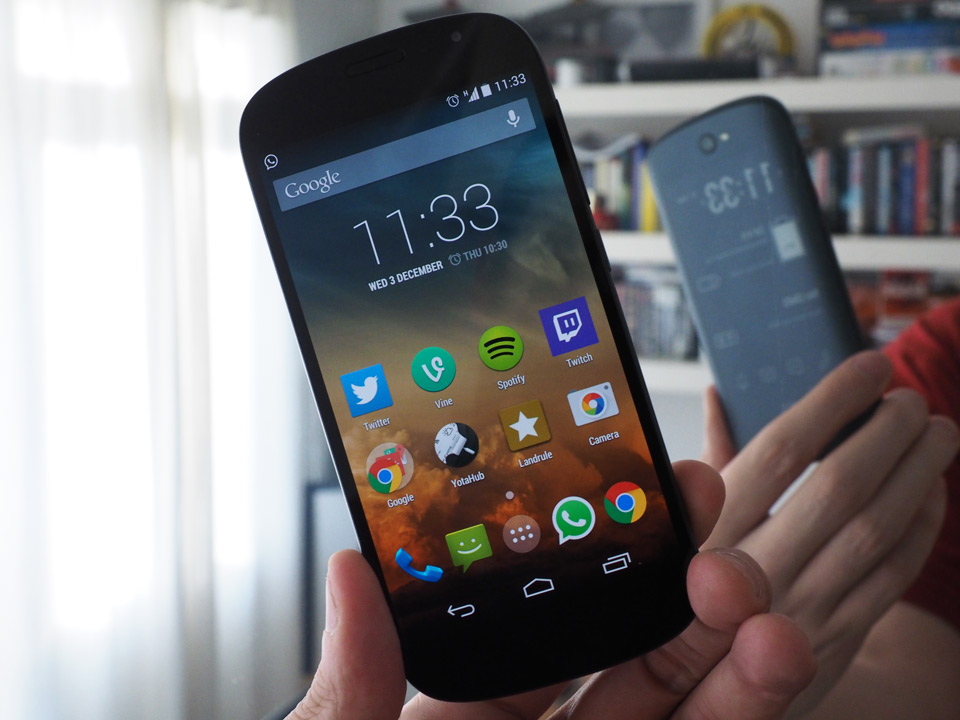
Microsoft
- Microsoft have co-opted a unicorn and a cat to show they are cool again:
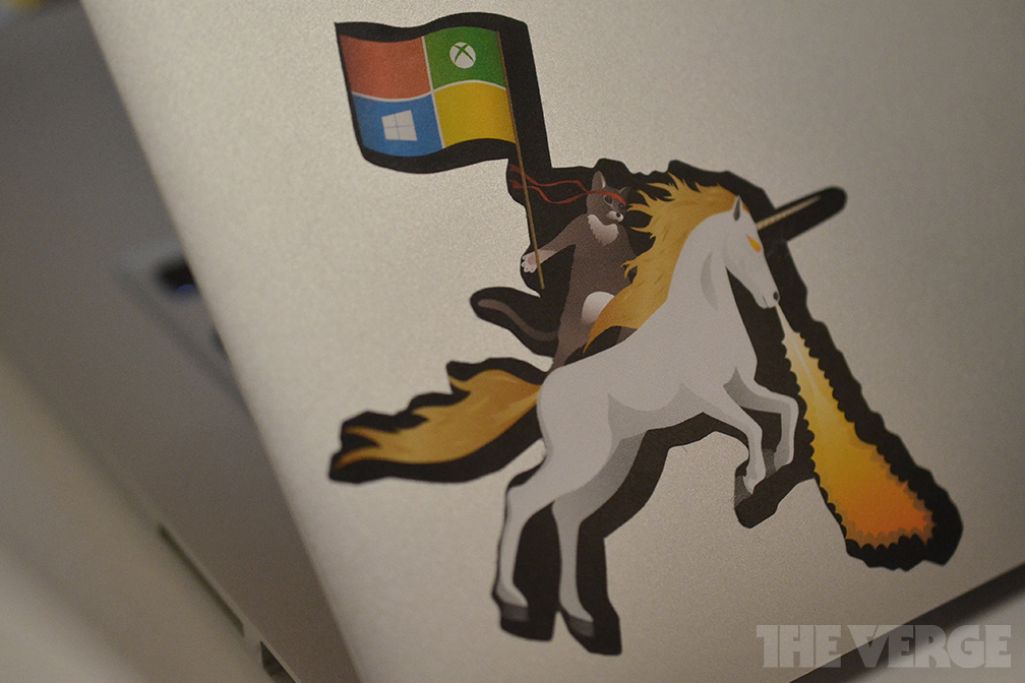
- They’re also apparently explicitly collaborating with Google on Angular 2 which would have been inconceivable under Ballmer. Angular 2 is Google’s JavaScript web app framework and it appears it will converge with Microsoft’s own JavaScript extension project, TypeScript.
Google and Android
- Google provided a developer-oriented breakdown of some key upcoming improvements in Google Play Services 7.0 including the introduction of a Places API which “makes it easy to get details from Google’s database of places and businesses“. Places could offer smaller development outfits a way of hosting and accessing content without needing a CMS albeit one that only works outside China:

- Another enhancement will allow Android users to employ their smartphone as a controller for Android TV games in case they weren’t already spending enough time with them:
- Blackberry and Blackphone may be pushing device encryption by default but it seems Google are quietly pushing back on it for performance reasons providing Engadget with the following statement:
“In September, we announced that all new Android Lollipop devices would be encrypted by default. Due to performance issues on some Android partner devices we are not yet at encryption by default on every new Lollipop device. That said, our new Nexus devices are encrypted by default and Android users (Jelly Bean and above) have the option to encrypt the data on their devices in Settings —> Security — >Encryption. We remain firmly committed to encryption because it helps keep users safe and secure on the web.”
- Google are also apparently dropping support for XMPP/Jabber in Hangouts in “a continuation of the descent of messaging services into walled gardens“.
- Cyanogen are rebranding themselves in an apparent attempt to move away from an explicit Android connection and position themselves as a third OS option. As part of that move, they’re also partnering with Qualcomm to ensure the platform runs on QRD (Qualcomm reference devices):
“The Cyanogen partnership will provide software features and UI elements for devices running Qualcomm Snapdragon 200, 400, and 600 processors, which are used in low-end to mid-range phones.
Mobile Payments
- Sundar Pichai announced an Apple Pay competitor called “Android Pay” at a Google keynote at MWC. Specific details were not provided. It seems the proposition “would “start with NFC” and eventually accommodate biometric sensors as well” and that it will be “separate” to Google Wallet though both will build on the same underlying tech. Android Pay is positioned as a platform play accessible on any compatible Android device through Google controlled developer APIs. Apple Pay by contrast will only be available on Apple products.
- Stratos is an interesting new entrant in the mobile payments space, a “connected Bluetooth payment card” that should work like a conventional credit card with existing EPOS infrastructure. Explicitly designed to “to replace every single plastic card in your wallet“, it uses a Bluetooth connection to the owners iPhone to augment the payment experience to cover an apparently expandable range of use cases:
“Using the companion mobile app, you can switch between cards and track your spending. The company is working to add further features like location based recommendations based on your spending history, virtual card downloads (think gift cards or pre-paid cards) and more.
The amazing thing about Stratos is that the company says you can load basically anything that features a magnetic strip onto it like credit, debit, loyalty, membership or even gift cards.”
- The Verge highlighted a neat Stratos proximity security feature that could in time represent a distinct advantage over conventional credit cards:
“To protect your information, the app can tell when the card is out of Bluetooth range, and after a pre-determined time — anywhere from 15 minutes to 24 hours — it can disable the card altogether.”
/cdn0.vox-cdn.com/uploads/chorus_asset/file/3463954/stratos-card-0158.0.jpg)
- In another validation of the smartwatch as a payment vehicle, MasterCard outed their Android Wear payment app at MWC:
MasterCard launching mobile payments app for Android Wear smartwatches #MWC15 #wearables pic.twitter.com/LwXToCGws6
— George Jijiashvili (@George_CCS) March 3, 2015
Apps and Services
- Tinder have introduced what seems to be a controversial first in app monetisation. They are planning to charge UK customers over 28 a premium for using their new Tinder Plus service:
“Tying pricing to a user’s age won’t end well for Tinder, who will probably get backlash from users who feel they shouldn’t be penalized financially for their age. Adding paid tiers is a shameless and clear indication that Tinder does not want older users and will make them pay extra to get the best version of the service.”
- Tinder seem to feel that you can’t trust anyone over 30 but you can take their money and run. It’ll be interesting to see if the competition try and exploit the development.

- Yet more evidence from HBR that engagement with Social Media sites may help brand visibility and relevancy but doesn’t actually help boost company profits:
“62% of U.S. adults who use social media say these sites have no influence on their purchasing decisions and only 5% say they have a great deal of influence.”
- Firefox Hello is an OTT “browser to browser video communications service” being jointly developed by Mozilla and Telefonica. It’s not the kind of development a traditional operator would be involved with, however Telefonica are intent on becoming a “digital telco”. They could start with choosing a better name – Hello will be difficult to position from an SEO perspective. It will also be interesting to see to what extent Hello adheres to open standards and open source culture vs. being yet another walled garden proposition:
“Firefox Hello allows users to have Skype-style video conversations but there is no need to sign up or login, which according to White gives the kind of privacy most consumers like. The service works with the user opening a session within the Firefox browser, and sending a link by email to whomsoever they wish to speak.”
Asia
- This useful overview of the current top ten Chinese domestic smartphone brands has some familiar names including Xiaomi, Lenovo and Huawei but others will be much less familiar in the West:

Databases
- Matt Asay outlined a collection of field data that supports the assertion that NoSQL database technology roll-outs led by MongoDB and Cassandra are eating into the dominant relational database market. The data includes an analysis of “media mentions” illustrating a clear industry interest in MongoDB:
“What is most interesting in the media mentions data, however, is the trajectory: all NoSQLs are growing, and some quite substantially, and mostly at MySQL’s expense “

Pebble Watch
- Pebble’s next big thing, a colour version of their popular watch, has now become the most funded Kickstarter project ever. It beat its old Kickstarter record within 2 days and now stands at nearly $17million pledged. It’s an incredible achievement and one which ought to serve as a huge wake up call for any in the industry still complacent about the viability of crowdfunded propositions.
- Pebble Time also has an all-metal premium variant called Pebble Time Steel:
- The company’s ambitious plans were outlined by CEO Eric Migicovsky in a Verge interview which clearly positions Pebble as an innovative and unconventional smartwatch platform player aiming to become the primary hub for a constellation of consumer wearables and devices:
“Time is suddenly no longer just another smartwatch in Pebble’s lineup; it’s now a full wearable platform that can potentially integrate with countless other devices in your life — assuming Pebble can get other hardware developers on board.”
/cdn0.vox-cdn.com/uploads/chorus_asset/file/3436996/pebbletime-3.0.jpg)
- Key to this will be the innovative smartstraps they’ve created for Pebble Time which will offer a standard interface for Pebble accessories and is something the Apple Watch won’t offer, at least yet:
“The connection can send and receive power and data to the device which opens the way for smartstraps. They’ll be able to replace the normal watch band and offer extra features via dedicated APIs. … The APIs will allow developers to read and write to the port, have the device detect when a smartstrap is attached, and automatically launch apps and functions. … Developers will be able to create accessories that extend the Pebble Time’s functionality beyond the sensors built in to its main body. The company uses the examples of adding GPS, a heart rate monitor, NFC and greater battery life but the potential is huge.”
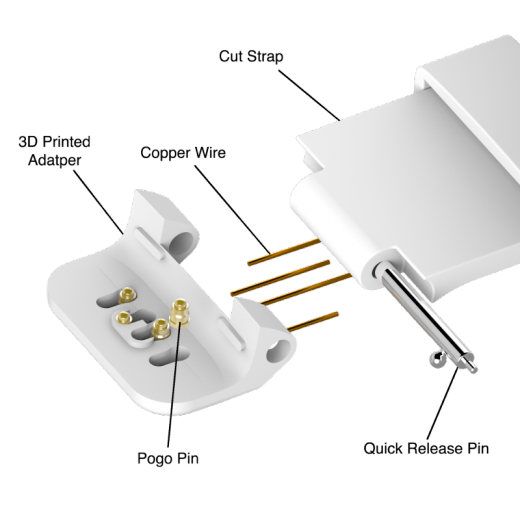
- Pebble’s SDK v3.0 has been launched highlighting all the new and updated software features available with Pebble Time. It’s also accessible via the CloudPebble IDE.
Science
- French researchers have photographed the dual wave-particle nature of light and created this image:

- They also released a short YouTube video outlining albeit at a pretty high level how the photograph was taken:
Software Development
- Udacity have kicked off an iOS nanodegree MOOC which focusses on Swift rather than iOS.
- Meanwhile developer.nokia.com will shut down at the end of March. Just ten short years ago when Symbian was utterly dominant it was arguably the primary site for aspirant mobile developers.
- Quora questioner asks “how many lines of code is Facebook” and the answer comes back from an employee that it’s a staggering 62 million SLOC for the “main site” without the backend – from memory that’s about double the eventual size of Symbian OS:
The Android codebase is over 4 million and the main site without the backend code is 62 million.
Clarification: The new count includes the entire git repository: data, binaries, third-party and all. … The number is from running:
git ls-files | xargs cat | wc -l
- Crossy Road is the latest cult retro gaming phenomenon, a Frogger throwback with fun basic graphics and unambiguous monetization credentials. This post provides a great profile of the game, how it came to life and how much it has made just three months after launch:
“90 days after its release, Crossy Road‘s combination of solid gameplay, unobtrusive in-app purchases, and optional in-app ads powered by the Unity engine, has earned $10 million from 50 million downloads.”

- Old but great and revisited this week with much hilary; a list of 28 things only developers will find funny. The Java knock knock joke still feels like the best among some stiff competition:

- This article on JavaScript and the Paradox of Choice coins the term “javascript framework fatigue” to describe the complex and chaotic landscape facing web developers:
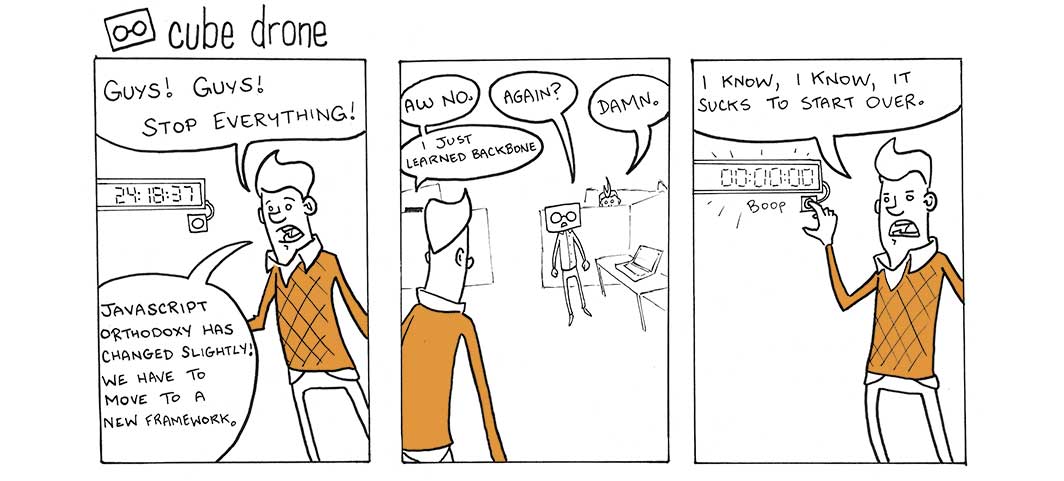
- It also highlights how Angular.js seemed to rise to dominance in last couple of years though whether that remains the case given the response to Angular 2, remains to be seen:
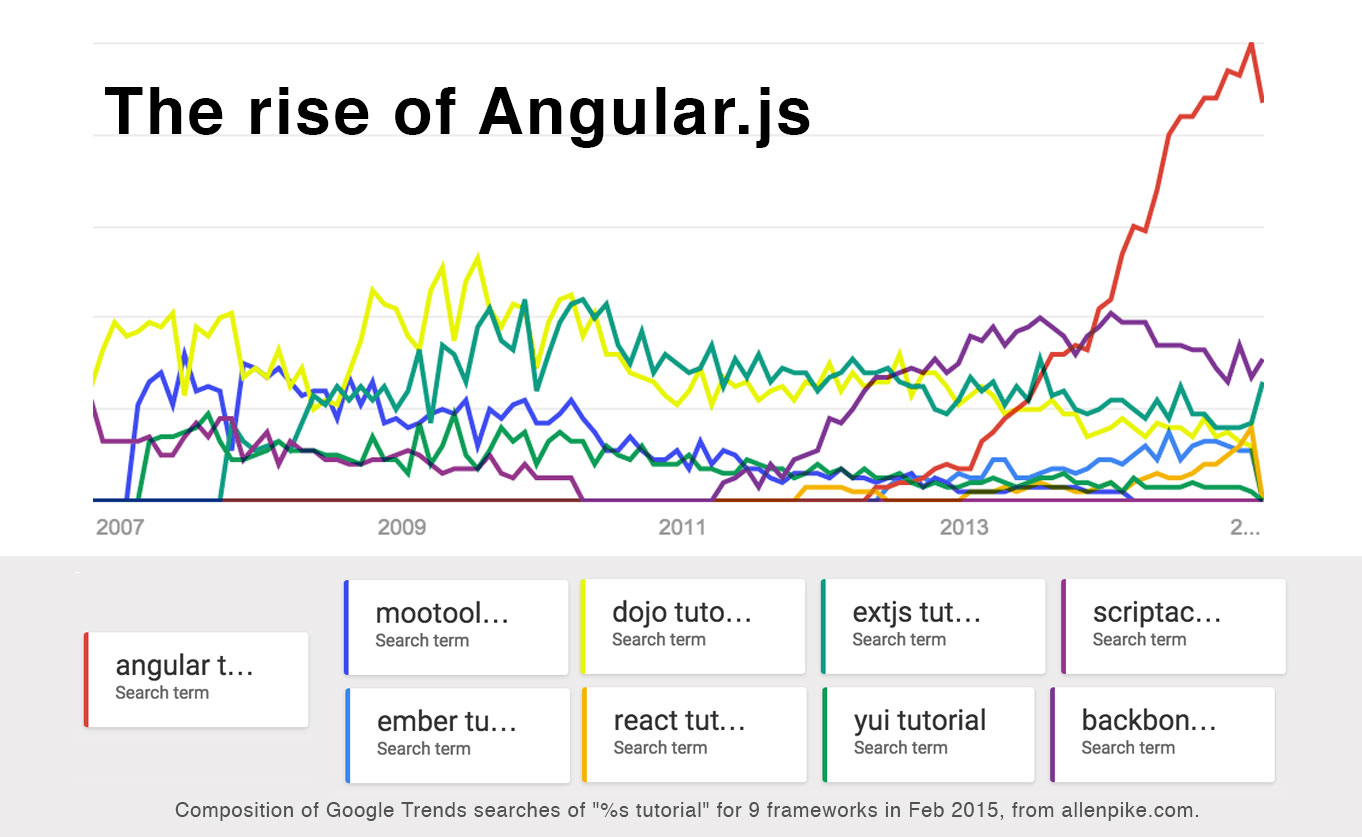
Work and Culture
- It’s fairly commonplace these days to read commentators describing how we are on the cusp of the third industrial revolution. This post sourced from Forbes addresses the topic from an interesting new perspective, namely energy and finance. It suggests that what will really characterise the third industrial revolution is the potent combination of crowdfunding and solar energy:
“In the First Industrial Revolution, which came out of England, the new energy source was the change from wood power to coal power. The new financial system was the London stock market. … In the Second Industrial Revolution, driven by technological advances in the UK, USA and Germany, oil replaced coal, again much more energy-dense. And the new financial breakthrough was the limited liability corporation which reduced risk to individuals engaged in entrepreneurial activities. … The new energy source looks very likely to be predominantly solar power. The new financial system is less advanced, but internet-driven breakthroughs such as crowdfunding and peer-to-peer finance are indicating a democratisation of finance.”
- Mark Zuckerberg’s number one rule for hiring at Facebook as revealed at MWC:
“I will only hire someone to work directly for me if I would work for that person,” Mr Zuckerberg told the audience.
“It’s a pretty good test and I think this rule has served me well.”